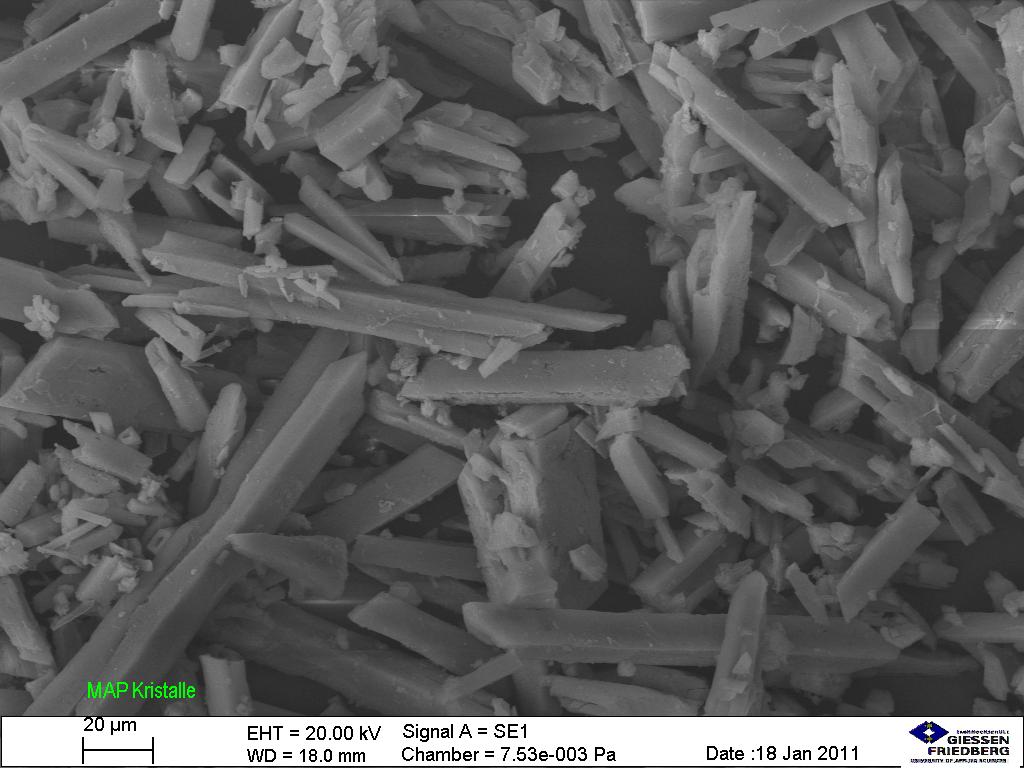Playlist
Show Playlist
Hide Playlist
Nephrolithiasis (Kidney Stones): Shock Wave Lithotripsy
-
Slides Nephrolithiasis RenalPathology.pdf
-
Reference List Pathology.pdf
-
Download Lecture Overview
00:01 There is a type of treatment that you wanna very much keep in mind here. 00:04 It’s literally sending in soundwaves. 00:06 And the vibration of soundwaves actually is then going to literally disrupt the stone, dismantle it, destroy it, whatever. 00:13 And then the stone - and the particles of the stone are so tiny, that it’s able to pass through the urethra very, very easily. 00:21 So the type of - but the type of stone that this pretty much is going to address are going to be more about your stones in the pelvic and the proximal region. 00:30 And therefore, this is what you’re thinking about soundwaves going in here, it’s called lithotripsy, the soundwave lithotripsy. 00:37 Complications, well, what may then happen is the fact that you’re doing the lithotripsy or what that means soundwave. 00:44 Know this please, this is important. 00:46 So the shockwave is going through but there might be incomplete stone fragmentation and that itself may then unfortunately lead into obstruction. 00:54 There might be renal parenchyma damage, you never know. 00:57 Clinical notes, so therefore what do you wanna do? Other modes of management for larger type of stones would then be - you wanna know this? Being current day practice, large stones would then be something called percutaneous nephrolithotomy and maybe something like a ureteroscopy, but the big one here, PNL, keep that in mind. 01:16 For large stones, so which one? Which of the stones that we talked about is the largest thus far? Good, it is the staghorn but the problem is staghorn could be either derived from or could be composed of magnesium, ammonia, phosphate, then about urine pH increased or it could be made up of cystine, staghorn, and that of course, the urine pH there would be decreased. 01:42 Once again, here, in terms of what you would find if you had a stone back up into the kidney result in a dilated pelvis, welcome to hydronephrosis, this is post renal azotemia. 01:55 And if you had a stone maybe done by the pelvic brim or urinary bladder which is what we’re seeing here. 02:03 Then you’re gonna back up, you’ll notice please, those are two inflamed structures because of congestion. 02:10 You’re gonna have hydroureter and hydronephrosis and that’s what you’re seeing here in this picture of both structures.
About the Lecture
The lecture Nephrolithiasis (Kidney Stones): Shock Wave Lithotripsy by Carlo Raj, MD is from the course Nephrolithiasis.
Included Quiz Questions
Which of the following is NOT a complication of extracorporeal shock wave lithotripsy?
- Hypotension
- Urinary tract infection
- Obstruction of the ureter
- Incomplete stone fragmentation
- Cardiogenic shock
Which of the following is an indication for percutaneous nephrolithotomy (PNL)?
- Stone size > 2 cm
- Urine pH < 5.5
- Calcium oxalate stones
- Uric acid stones
- All the options provided are indications for PNL.
Customer reviews
5,0 of 5 stars
| 5 Stars |
|
1 |
| 4 Stars |
|
0 |
| 3 Stars |
|
0 |
| 2 Stars |
|
0 |
| 1 Star |
|
0 |
Excellent content. Concepts are precise, accurate and presented in a fun, enjoyable manner.




